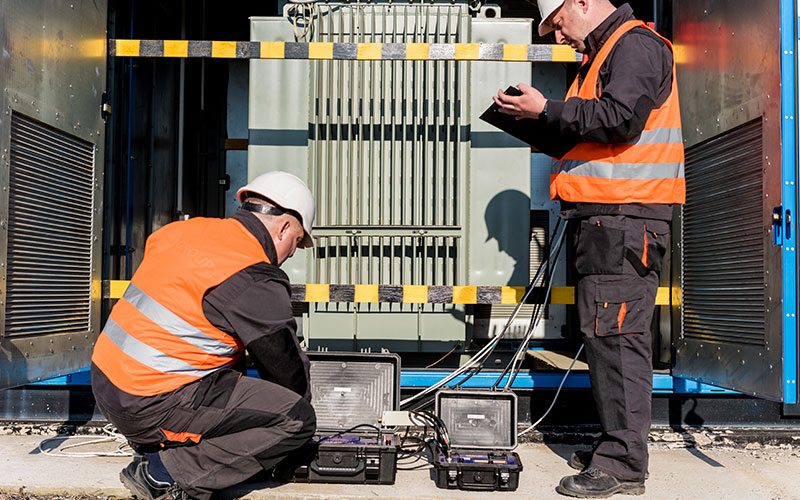Introduction
There are several distinct varieties of pad-mounted transformers available, each with its own set of functions. It has its own distinct characteristics in terms of size, shape, design, construction, and other qualities.
But first, what is a transformer and how does it work? The answers to these questions will aid in your understanding of the information offered to you as we progress through this article.
How do Transformers Work?
Transformers can be used to minimise the size of traditional power circuits so that low-voltage devices can be used. This could be something as simple as an iron, speakers, or a television, among other things. Additionally, transformers can be used to boost electric generators in order to transmit electricity over great distances.
Transformers work or alter voltage under the effect of electromagnetic induction, according to the scientific explanation. You may expect current to be induced in another coil, the secondary one when flux lines or magnetic lines grow and collapse with changes in the current travelling through the primary coil.
What is the Concept of a Transformer?
Transformers are high-capacity electrical devices. It is a piece of versatile electrical equipment that is often used to provide electricity in electrical firms. In addition, there are a variety of transformers available that are not limited to this feature.
Transformers can transmit electric energy from one alternating circuit to another, and this energy can be transferred to one or more circuits. The voltage levels are increased or decreased to accomplish this. “Stepping up” and “stepping down” are two terms used to describe this process.
What is Pad-Mount Transformer?
A pad-mounted transformer is a specific type of housing for larger transformers that can be positioned in regions that are open to the general public. Tamper-resistant construction, tamper-proof nuts and screws, locked compartments with hinged doors, bottom entry of primary and secondary cabling, and baffled ventilation holes, if applicable, are all common features of transformers.
In most cases, distribution transformers are found in residential developments. Because all of the active contact points are encased in a grounded metal box, unlike transformers at utility substations, this type of transformer can be placed in residential areas and does not need to be fenced.
Pad-mounted transformers are available in power ratings ranging from 15 to 5000 kVA, and many come with built-in fuses and switches. Elbow connections, which can be energised with a hot stick and provide flexibility in repair and maintenance, can be used to connect primary power cables.
In short, Pad-mounted transformers are more prevalent in public than pole transformers, but they are not as common as pole transformers. Pole transformers are barrel-shaped electrical devices that can be found on utility poles across the city.


